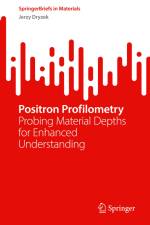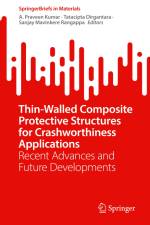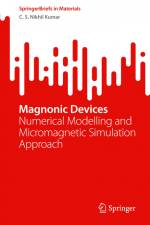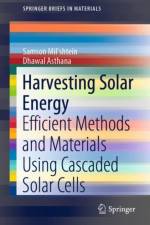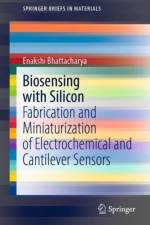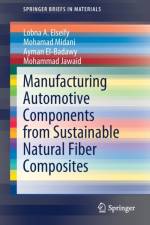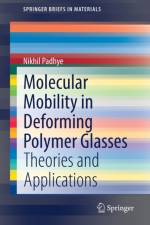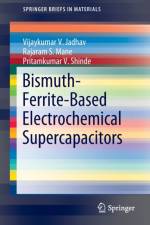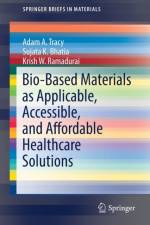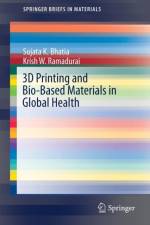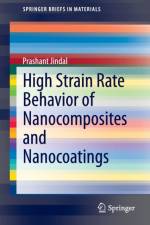av Rebeka Rudolf, Gregor Kravanja, Vojkan Lazi¿, m.fl.
665
This book focuses on recent advances in dental gold alloys and gold nanoparticles (GNPs) for biomedical applications. Dental gold alloys combine several highly desirable mechanical properties, such as high strength, ductility, and elasticity, with an extremely robust chemical stability in the mouth. Moreover, astonishing progress has been made in the use of GNPs as novel gold biomaterials that provide a multifunctional platform for cellular imaging, biosensing, and targeted drug delivery in tumour immunotherapy and photothermal therapy.Beginning with a comprehensive overview of the development and use of dental gold alloys, the book addresses the materials properties that are crucial for dental applications, focusing on aspects such as microstructure, chemical and mechanical stability, ageing, biocompatibility, and colour retention. The book then shifts focus to the use of GNPs in dental applications, delving into different techniques of GNP synthesis for specifically tailoring the size, shape, and stability of GNPs in biological media. In addition to these factors, it addresses how their exposure route, surface chemistry, as well as how the steric effects of their coating impact biodistribution and determine the level of GNP toxicity in the human body. Featuring topical literature reviews alongside up-to-date published experimental results, this book offers an attractive resource for practicing scientists and engineers working in the field of gold-based biomaterials.



